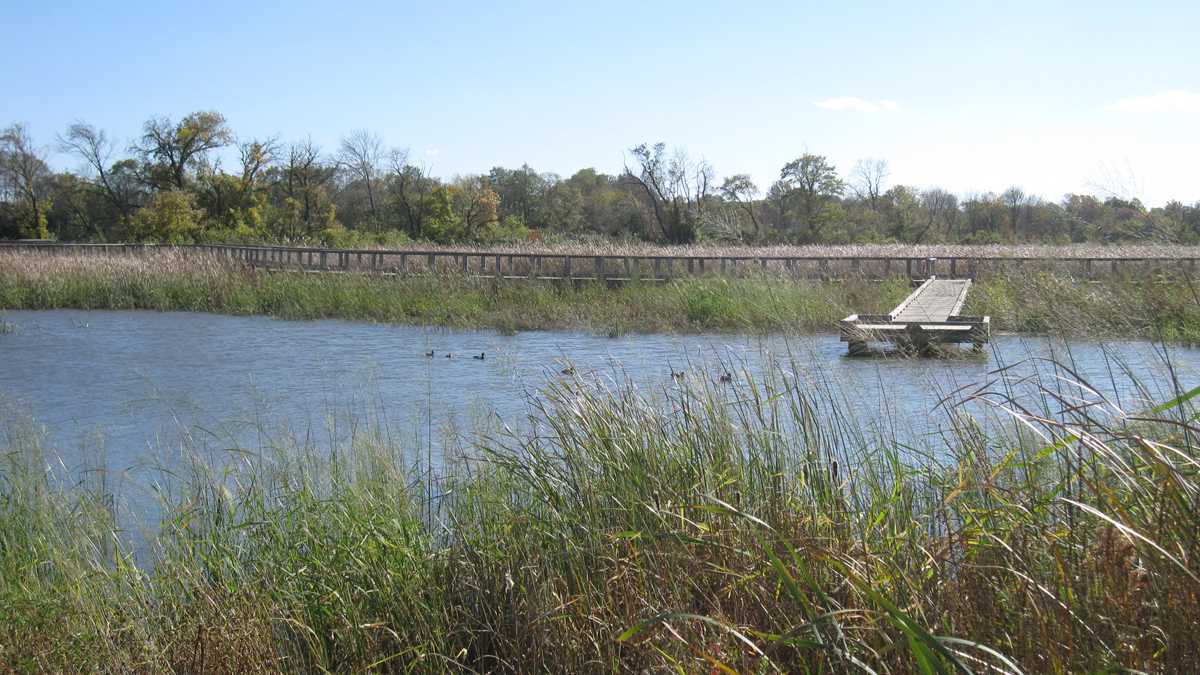Delaware encourages residents to conserve water to prepare for potential drought

(AP file photo)
As northern Delaware is hit with unseasonably warm weather and little precipitation this year, the state’s Department of Natural Resources and Environmental Control is asking residents to conserve water.
New Castle County residents rely on surface water streams and reservoirs, which largely depend on rainfall in watersheds, for their drinking water supply. DNREC said with potential drought around the corner, drinking water could be in jeopardy.
“Conserving water in any number of ways whenever possible can help offset the lack of rainfall for northern Delaware and watersheds in adjacent southeastern Pennsylvania, and will help maintain existing water supply levels,” said DNREC Secretary David Small in a statement.
“Our water supply is a precious natural and economic resource; and is a resource which Delaware residents have a direct influence on preserving through conservation-minded water use.”
As of Nov. 21, water supply for northern Delaware was sufficient, and water usage was seasonally normal.
However, the Delaware Geological Survey reported stream flows in northern New Castle County are low, and its groundwater is declining toward below-normal levels.
Loss of drinking water is a top concern, but the conditions also can effect flow in the streams for wildlife.
“The reservoirs for drinking water are getting low, and water flows within the channel and tributaries of the Delaware are very low, so we need watch what we’re using so we keep enough drinking water for all uses,” said DNREC Deputy Secretary Kara Coats.
Climatologists say there’s a shortage of precipitation in the headwaters of the Christina River Basin, including the Red Clay, White Clay and Brandywine Creek watersheds.
During the last six months the temperature in the Christina Basin has averaged 2.5 degrees Fahrenheit above normal, which also makes it the warmest period since 1948. High temperatures increase evaporation and transpiration, accumulating dry conditions.
Development also can effect water levels, because it can decrease the amount of rainfall going into the ground.
“In general I think it’s safe to say what we’re seeing with climate change and increasing temperatures results in much less predictable weather patterns,” Coats said. “It is much harder to predict weather patterns and there are increasing periods of extreme wet and extreme dry and it’s much harder to predict than as we have in the past. And it’s creating larger and more unpredictable storms.”
The Delaware River Basin Commission, which consists of eastern Pennsylvania, much of New Jersey, western New York and Delaware, declared a basin-wide drought watch. The commission’s resolution also asks states to encourage its residents and businesses to preserve water.
All the other states in the basins consist of townships and counties that have already declared a watch or a warning.
DNREC’s Water Supply Section will hold an emergency meeting for the state’s Water Supply Coordinating Council in December. The council will discuss indicators, such as stream flow levels and short and long-term precipitation records, to decide whether or not to recommend further action by Small and the Governor. Only the Governor has authority to declare a drought watch, warning or emergency.
November is a low water usage time of the year because residents aren’t using water for outdoor purposes like washing a car or watering their law. However, DNREC said there are still steps residents can take to conserve water, such as turning the tap off when brushing teeth, using low-flow toilets and more efficient faucets, taking shorter showers and running the washing machine and dishwasher on full loads.
Water purveyors will continue to monitor water levels throughout this period, DNREC said.
Delaware’s last drought in 2002 caused then-Governor Ruth Ann Miner to call for mandatory water conservation through a drought warning declaration.
“What we’re doing right now is looking into the future the best we can just in case this dry period turns into a longer drought similar to what we had in 2002,” said DNREC’s Water Supply Section manager John Barndt.
“It’s more to get people aware of the fact we are having dry period, our stream flows are very low, particularly in New Castle County where Wilmington and Newark draw their water from streams, from Brandywine Creek and Red and White Clay creeks, and those flow levels have gone up and down, but right now they’re very low, they’ve reached a level of concern where we want to prepare for the future and make sure the public is aware of that.”
After the 2002 drought there was a series of plans in place to increase the county’s level of resiliency, such as creating reservoirs in northern Delaware, placing interconnections between the public water systems and the use of an aquifer storage and recovery.
Since the state’s Water Supply Coordinating Council was established in 1999, efforts have been made to enhance New Castle County’s water supply by an additional 2 billion gallons of water.
“Delaware does have a good story to tell about being proactive,” Coats said. “The previous drought was a really good wakeup call, and there have been millions of dollars of infrastructure money spent to increase our water storage, so we’re not in a tight position and Delaware rose to challenge in the government agencies and the water purveyors so we’re really proud of that fact.”
WHYY is your source for fact-based, in-depth journalism and information. As a nonprofit organization, we rely on financial support from readers like you. Please give today.





